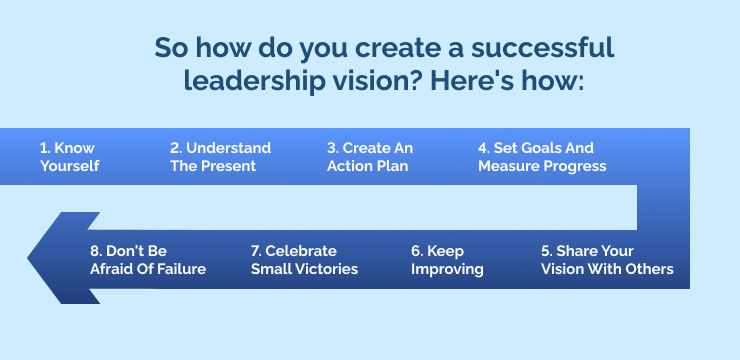Leadership’s Role in Mission Alignment: Turning Vision into Action
- thenuanceblogs
- Aug 8
- 2 min read
In every successful organisation—whether private, public, or charitable—there’s a common thread that binds strategy, culture, and performance: a clearly communicated and consistently reinforced mission. But a mission statement alone is not enough. It is leadership that breathes life into it.

Why Mission Alignment Matters
Mission alignment ensures that every decision, action, and initiative contributes to a shared purpose. When teams understand and believe in the mission, they are more engaged, more productive, and more resilient in the face of change.
But how do leaders ensure this alignment? The answer lies in communication, consistency, and culture—and in understanding the psychology of change and motivation.
Theoretical Foundations: Kotter and Maslow
Two theories offer valuable insight:
Kotter’s 8-Step Change Model highlights the importance of creating a vision for change and communicating it relentlessly. Leaders must not only articulate the mission but embed it in every layer of the organisation—from strategy to daily operations.
Maslow’s Hierarchy of Needs reminds us that employees seek purpose and belonging. When leaders connect individual roles to a larger mission, they satisfy these higher-level needs, fostering intrinsic motivation and loyalty.

Private Sector Example: Unilever UK
Unilever’s mission—“to make sustainable living commonplace”—is more than a slogan. Under strong leadership, the company has embedded sustainability into its brand, operations, and innovation strategy. Former CEO Paul Polman famously aligned business growth with environmental and social impact, proving that mission-driven leadership can drive both purpose and profit.
Public Sector Example: NHS England
The NHS’s mission to provide high-quality care for all is vast and complex. Yet, during the COVID-19 pandemic, leadership at all levels—from national directors to local trust managers—played a crucial role in aligning teams around this mission. Through clear communication, rapid change management, and emotional intelligence, NHS leaders maintained morale and focus under extraordinary pressure.
Charity Sector Example: The Prince’s Trust
Founded by King Charles III, The Prince’s Trust helps young people transform their lives. Its leadership has consistently reinforced its mission through storytelling, partnerships, and measurable impact. By aligning staff, volunteers, and donors around a shared purpose, the Trust has empowered over a million young people in the UK.
The Leadership Imperative
Mission alignment doesn’t happen by accident. It requires leaders who:
Communicate the mission clearly and often
Model behaviours that reflect organisational values
Empower teams to see their role in the bigger picture
Adapt and reinforce the mission during times of change
When leaders lead with purpose, they don’t just manage—they inspire.
A Final Thought
If leadership is the compass that guides an organisation, and the mission is its true north—then ask yourself:
Are your teams following a map, or are they just wandering in the right direction?
Additional:




Comments